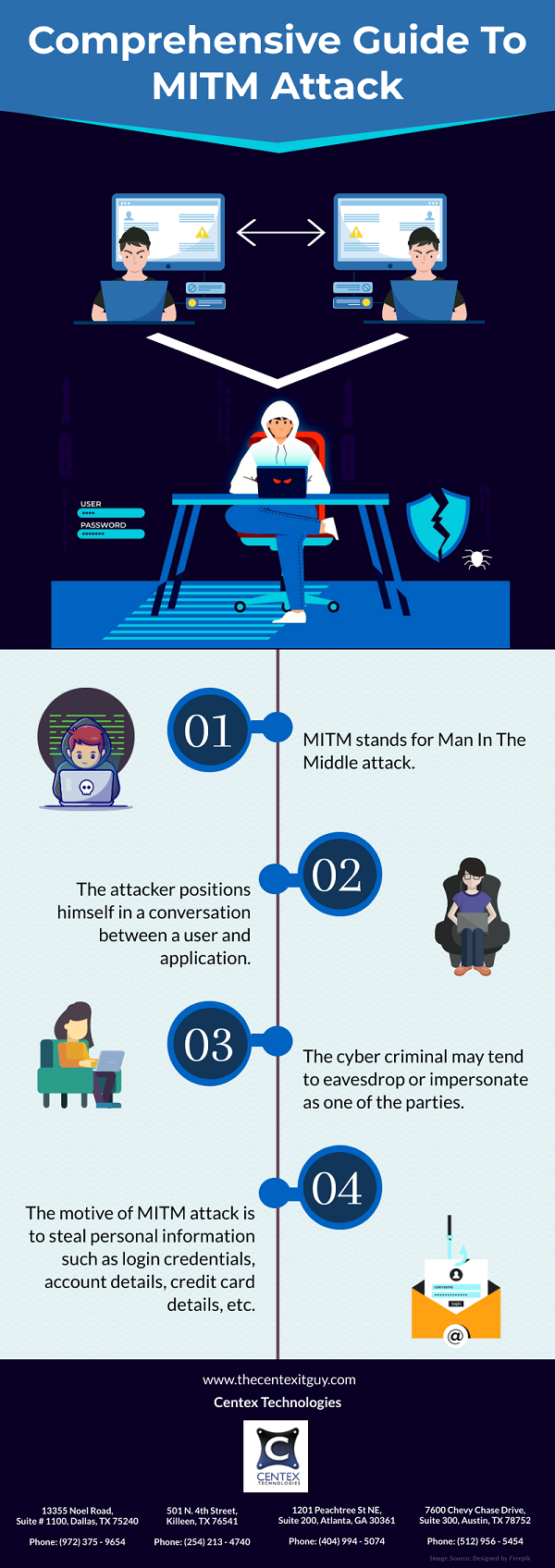Firewall is a critical part of first line of defense against online attacks. This makes configuring firewall an important step for ensuring network security. Breaking down the process of firewall configuration into simpler steps can make the process more manageable.
Following are some crucial steps for firewall configuration irrespective of the firewall platform:
Ensure Firewall Is Secure: Securing firewall is the first step towards configuration and management of firewall. So, make sure to –
- Disable simple network management protocol (SNMP)
- Rename, disable or delete any default user account and modify default passwords.
- Establish additional administrator accounts based on responsibilities, specifically if firewall will be managed by multiple administrators.
Create Firewall Zones & Corresponding IP Addresses: The more zones you establish, the higher will be network security. Before proceeding to defend valuable assets, it is first important to identify these assets and then plan out network structure to position networks based on functionality and data sensitivity. Now design a secure structure and create equivalent IP address structure. The next step is to architect firewall zones and allocate them to firewall interfaces.
Configure Access Control Lists (ACLs): After firewall zones have been created and allocated to firewall interfaces, the next step is to determine the traffic that will flow in and out of each zone. This is facilitated by Access Control Lists. Use both outbound & inbound ACLs to each interface and sub-interface on the network firewall.
Configure Other Firewall Services To Required Standards: Depending upon the chosen firewall platform and its abilities such as Intrusion Prevention System, Network Time Protocol, DHCP, etc, configure relevant firewall services and disable additional services.
Conduct Network Firewall Configuration Tests: Test the firewall configuration to testing and verify that the firewall is working as expected. Include both penetration testing and vulnerability scanning to test firewall configuration.
Constant Firewall Management: After completing firewall configuration, ensure secure firewall management. Take following steps to effectively manage firewall –
- Perform Vulnerability Scans
- Monitor Logs
- Regularly Review Firewall Rules
- Update Firmware
- Document Progress
In addition to these crucial steps, implement following additional tips for firewall configuration:
- Fulfill standard regulatory mandates
- Frequently change configuration settings
- Set default setting to block all traffic and monitor user access
- Establish & use secure connection only
For more information on tips on how to protect your computer network from cyber-attacks, contact Centex Technologies at (254) 213 – 4740.

